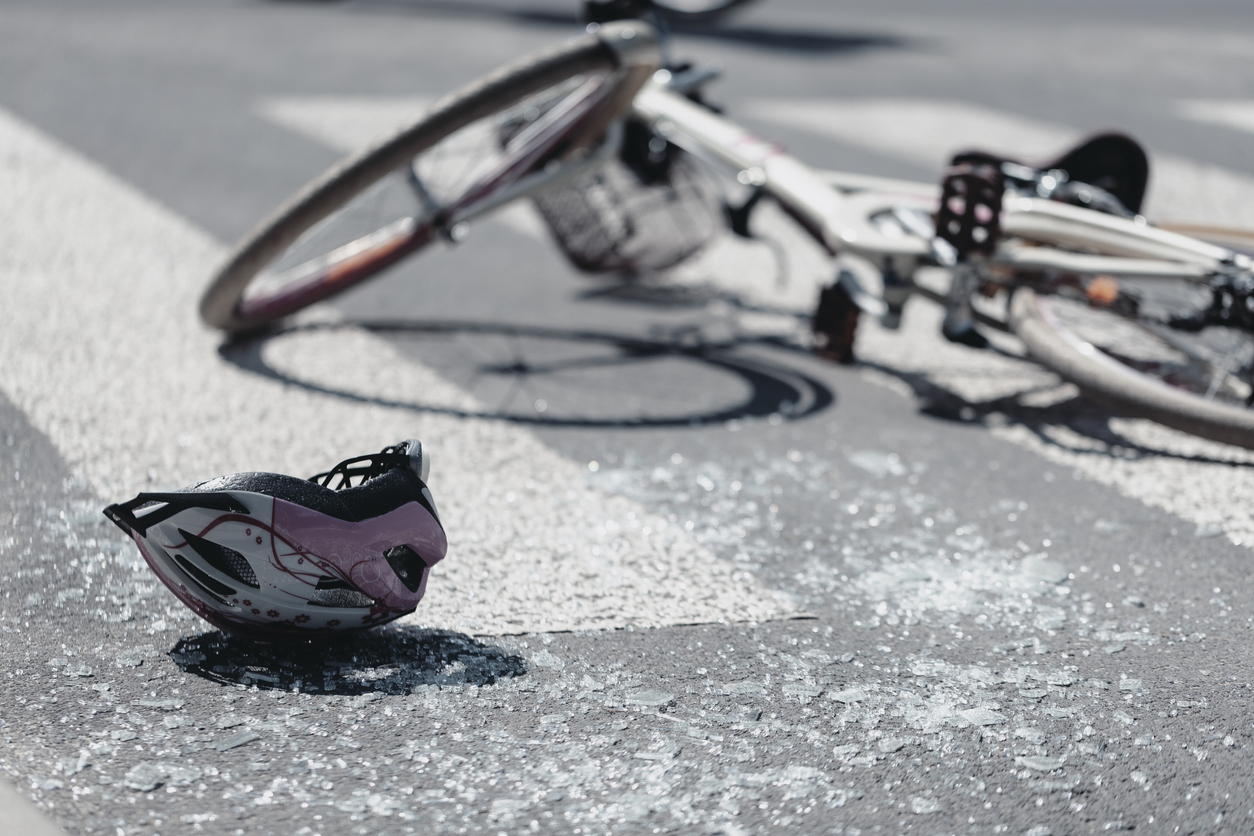By every measure, Oslo’s Vision Zero is a success. Vision Zero is a shared vision among nations that have decided that it is unethical to accept death as the cost for engaging in roadway traffic. The shared vision seeks to increase safety and eliminate fatalities using a combination of education, engineering, and enforcement measures. Vision Zero was initially adopted by Norway in 2002. Today, Norway is one of the safest countries for pedestrians and cyclists in the world.
In 2015, Oslo, with a population similar to that of Portland, Oregon, decided to eliminate pedestrian and cyclist fatalities and to better the environment. Before safety measures were introduced, Oslo reported 41 traffic fatalities in 1975. Moving from 41 fatalities to 1 has taken a concerted effort. In implementing its Vision Zero, Oslo sought to reduce automobile traffic, and increase safety measures for pedestrians and cyclists.
By 2019, Oslo achieved its goal. In that year, Oslo had no pedestrian or cyclist fatalities. Though not part of its Vision Zero plan, its effects spilled over into driver safety as well. In 2019, Oslo reported only one driver fatality, a driver who hit a fence.
The Vision Zero Plan’s Mindset
To begin, Oslo decided to stop accepting pedestrian and cyclist fatalities as part of the “norm.” This was a shift in the city’s outlook from being “car-centric” to “people-centric”. Oslo officials began to examine the logistics involved in every crash within its city to determine what changes needed to be made in order to increase safety.
Vision Zero Implementation
The city moved the authority for many of its proposed changes from the police to local officials. This allowed city officials to make quick changes in bike lanes and the closure of city streets to vehicular traffic. Parts of Oslo streets are now closed to cars. For those parts of the city that are open to cars, drivers must pay a toll to enter and park in the city’s center.
The city also engineered “heart zones” near schools to allow parents to drop off and pick up their children more safely. Bikes are allowed in these zones. Cars are not. In general, the city has removed on-street parking in parts of the city and built or lengthened bike paths instead. Oslo is seeking to increase the number of bikes on the road to 25%. The city has a robust bike-share program. On the other end, the city seeks to reduce the number of cars on the road by 30% by 2020.
Where cars are allowed, Oslo has chosen to use engineering to reduce driver speed rather than enforcement. The city has engineered solutions in those areas of the city where pedestrians and cyclists are most vulnerable. Most streets have speed humps to reduce speed. Many posted speed limits have been reduced. Many intersections now have bump outs to better protect pedestrians. Bump outs are engineered to extend the sidewalk into the intersection. This increases pedestrian visibility, reduces the time a pedestrian in the intersection, and requires that a driver slow down when making a turn.
Some streets now have reduced numbers of lanes of traffic moving in any one direction. This encourages traffic to move more slowly and allows pedestrians to focus more easily on traffic that is moving toward them.
Oslo also allows bikes to travel in contraflow on one-way streets. Contraflow motion means that a cyclist may choose to travel not in the direction of traffic, but facing traffic. This allows a cyclist to choose the simplest, safest, and most direct route where one-way streets are employed for vehicular traffic.
What We Can Learn From Oslo’s Success
Perhaps, the biggest takeaway from Oslo’s success, is that none of these measures are huge in and of themselves. Instead, these smaller steps contribute to a whole. In this case, the whole is a vision of safety. Another striking point in Oslo’s success story is that by increasing pedestrian and cycling safety, the city was also able to achieve greater driver safety. Driver fatalities, while not zero in 2019, were near zero. Increasing pedestrian and cyclist safety is a win for everyone.
Finally, it took a shift in mindset for Oslo to achieve success. By shifting to a mindset that no longer found fatalities acceptable as the price of engaging in roadway traffic, Oslo has worked steadily to reduce that number. In the U.S., we are far behind the Oslo model, but its success shows that everyone traveling on the road can and should be much safer.


